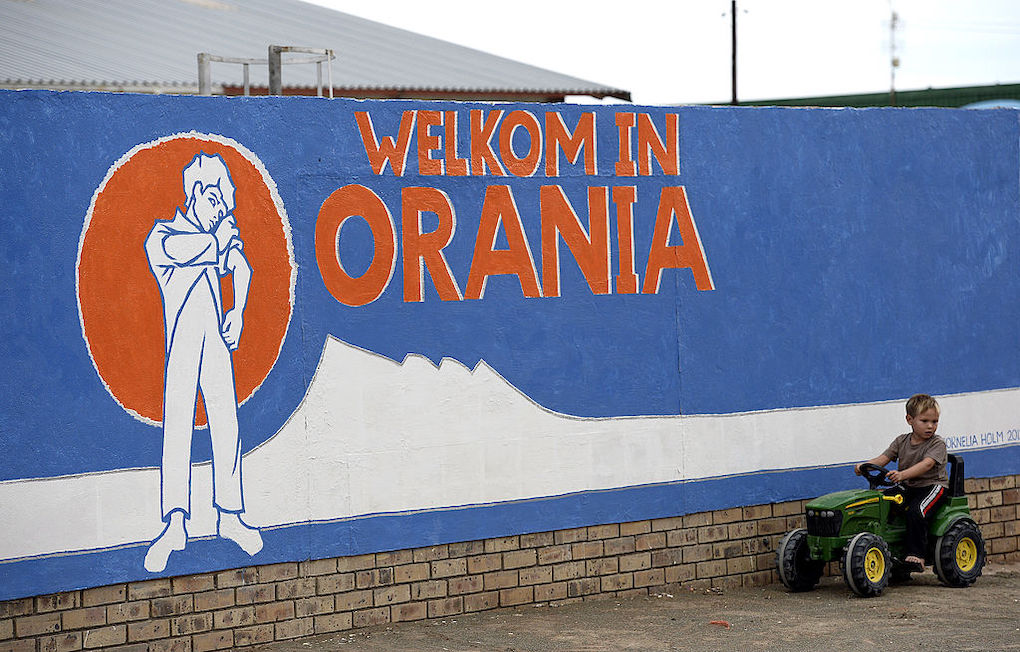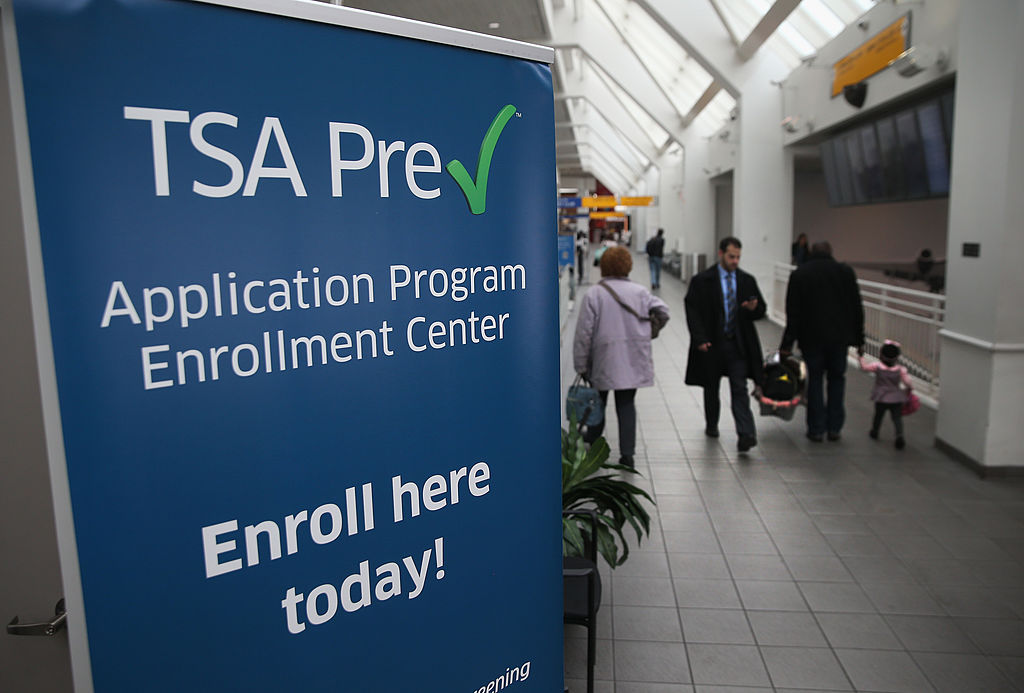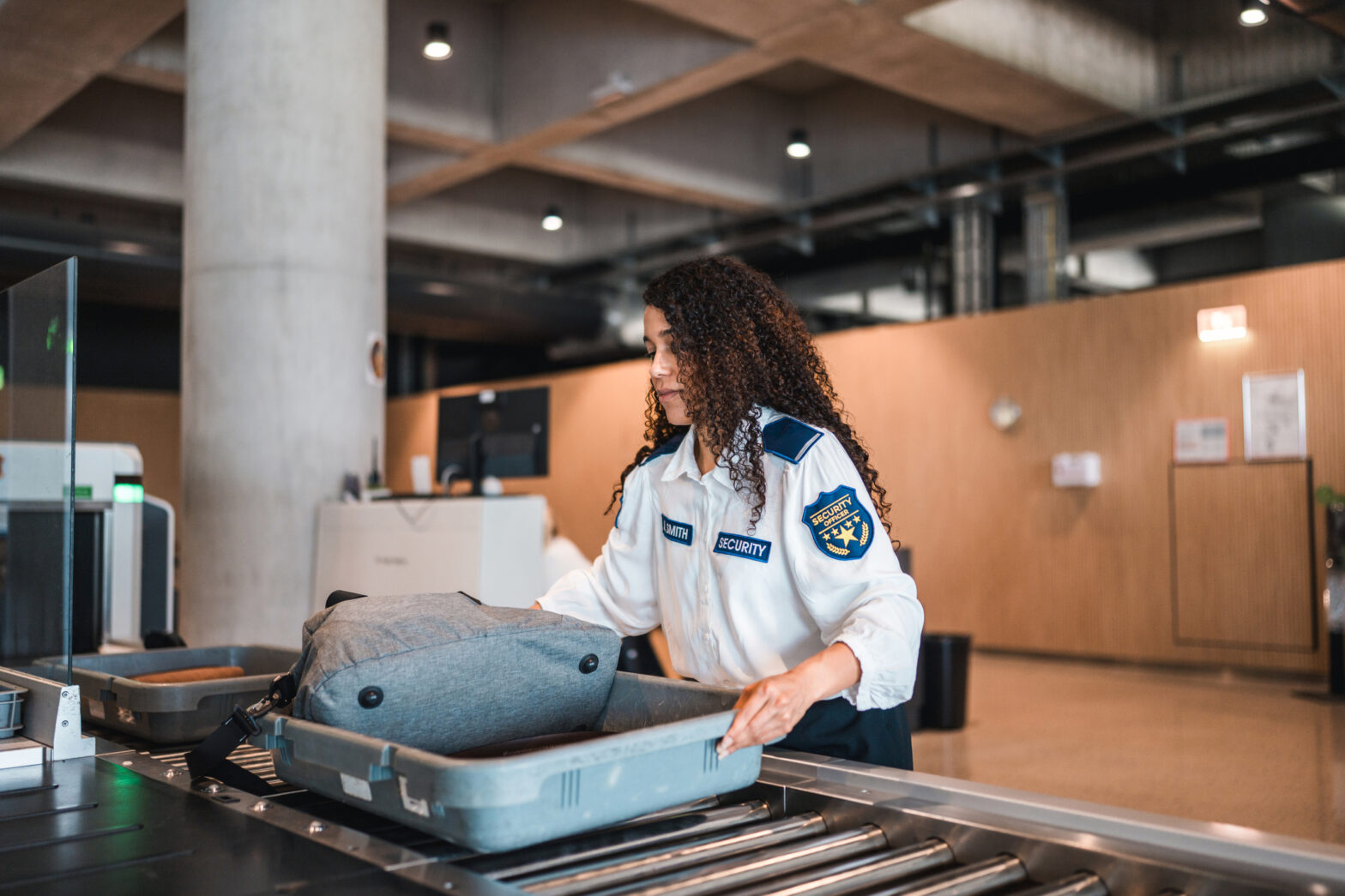In the middle of South Africa, along the Orange River, you will find Orania — a whites-only town populated predominantly by the descendants of 17th-century Dutch settlers known as Afrikaners. It was established in 1991, a year after South African President F.W. de Klerk orchestrated Nelson Mandela’s release from Robben Island Prison as part of his mandate to dismantle apartheid. It was also three years before the country’s first democratic election which saw Mandela come into power.
The town was created as Afrikaner-only, reminiscent of the ethnic Bantustans set-up under the auspices of former prime minister, Hendrik Verwoerd, who is considered by many the “architect of apartheid”.
The land used was previously occupied by a community of 500 poor Black and mixed-race squatters who had set up shop in the remains of an abandoned 1960s project. Historian Edward Cavanagh describes a brutal large-scale eviction at the hands of future Oranians, that included beatings, pistol whippings, and dogs.
Despite the optics, Oranians maintain that the town exists as a cultural project rather than a racial one. That only Afrikaners are allowed to live and work there is an effort to preserve Afrikaner culture and not a racially motivated exclusionary tactic. According to one resident, Orania is not necessarily an all-white town. It just happens that Afrikaners are white. Even menial jobs are carried out by poor white laborers.
“The Orania Movement is the organization that predated the present Orania in the sense that it’s been established in 1988,” Carel Boshoff IV, former president of the Orania Movement, told ABC News. “It was 30 years ago, at a time when the minority government of that era was not yet ended. We foresaw that it should be. And we thought the concept of self-determination for a people like the Afrikaner people being one way of facilitating peaceful and orderly transformation.”
Orania is protected by a South African clause that allows the right to self-determination.
The town is owned by the Vluytjeskraal Aandeleblok (Vluytjeskraal Share Block) and those who want to live there buy shares. The company, in conjunction with other internally elected bodies, takes the lead in Orania’s municipal decision-making.
The population has doubled in the last few years, bringing the total number of residents to approximately 1700. South Africa ranks as one of the most dangerous countries in the world but Orania claims to be crime-free with no need for a police department. They speak Afrikaans and use their own currency, the Ora. The town, which was built on 8000 hectares of farmland, consists of two schools, some shops, one radio station, hair salons, a library, a post office, and a hotel. There are no traffic lights but multiple churches. Orania also has its own flag and rules. For example, residents need to get permission from the town council before accepting visitors. Unmarried couples are not allowed to co-habitate either.





